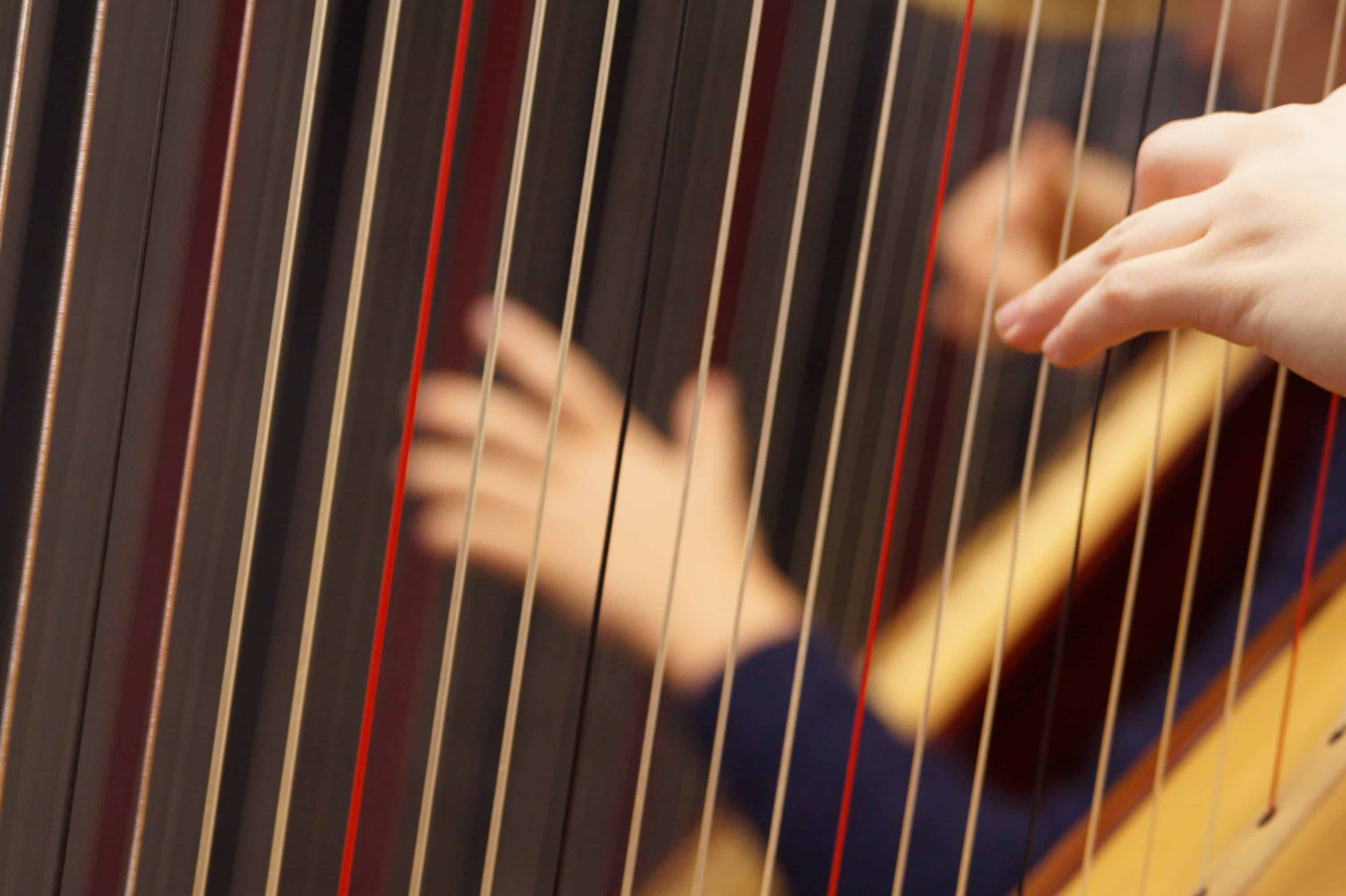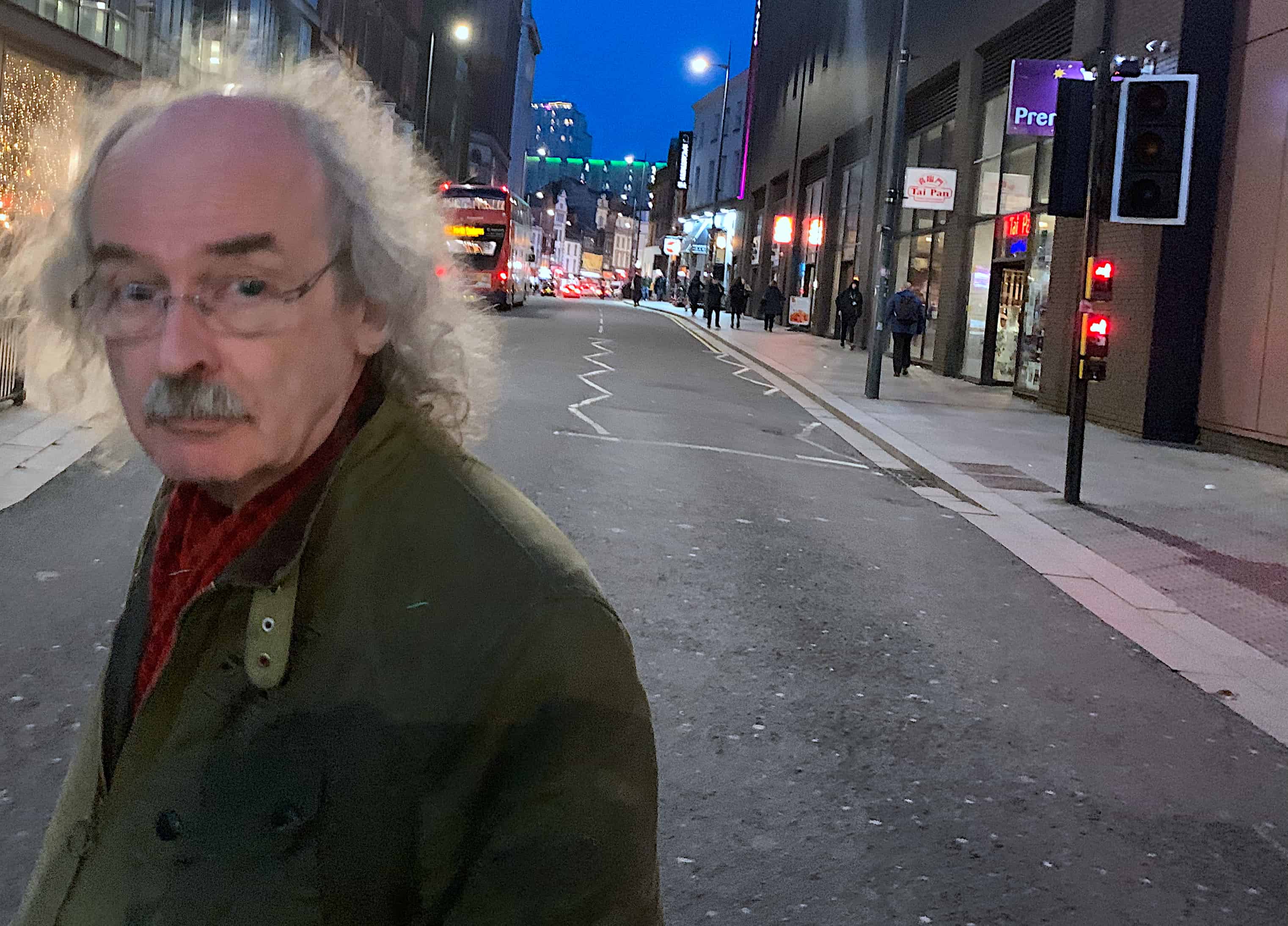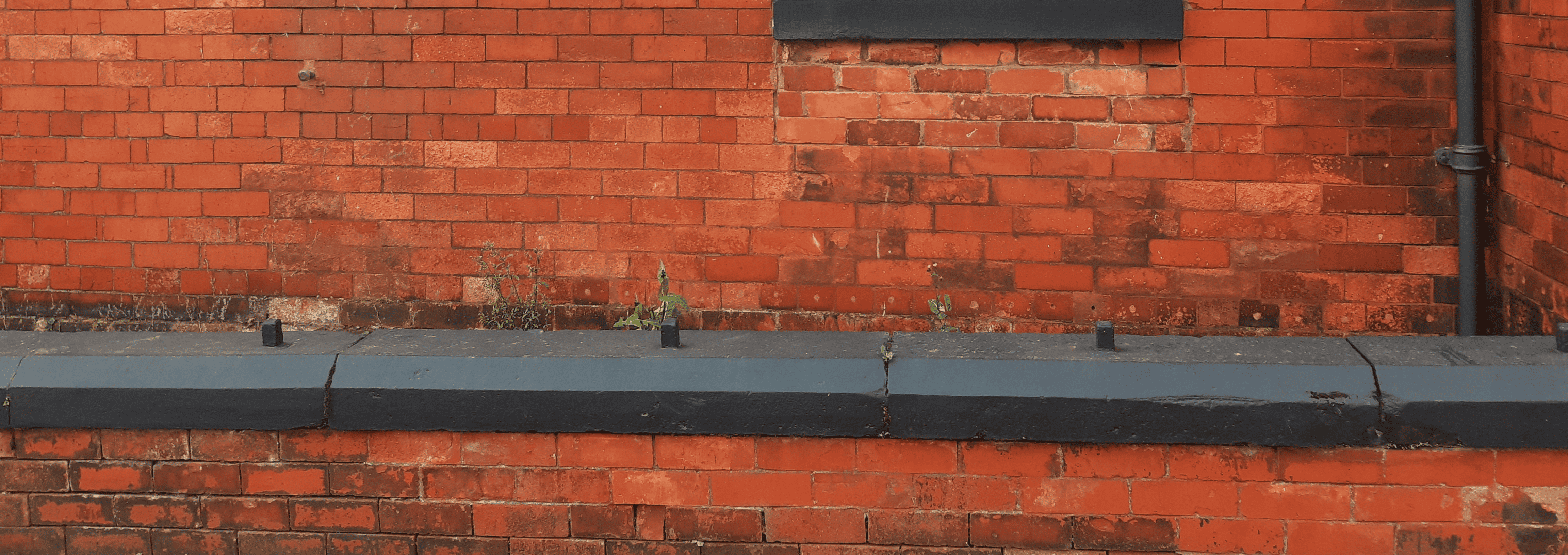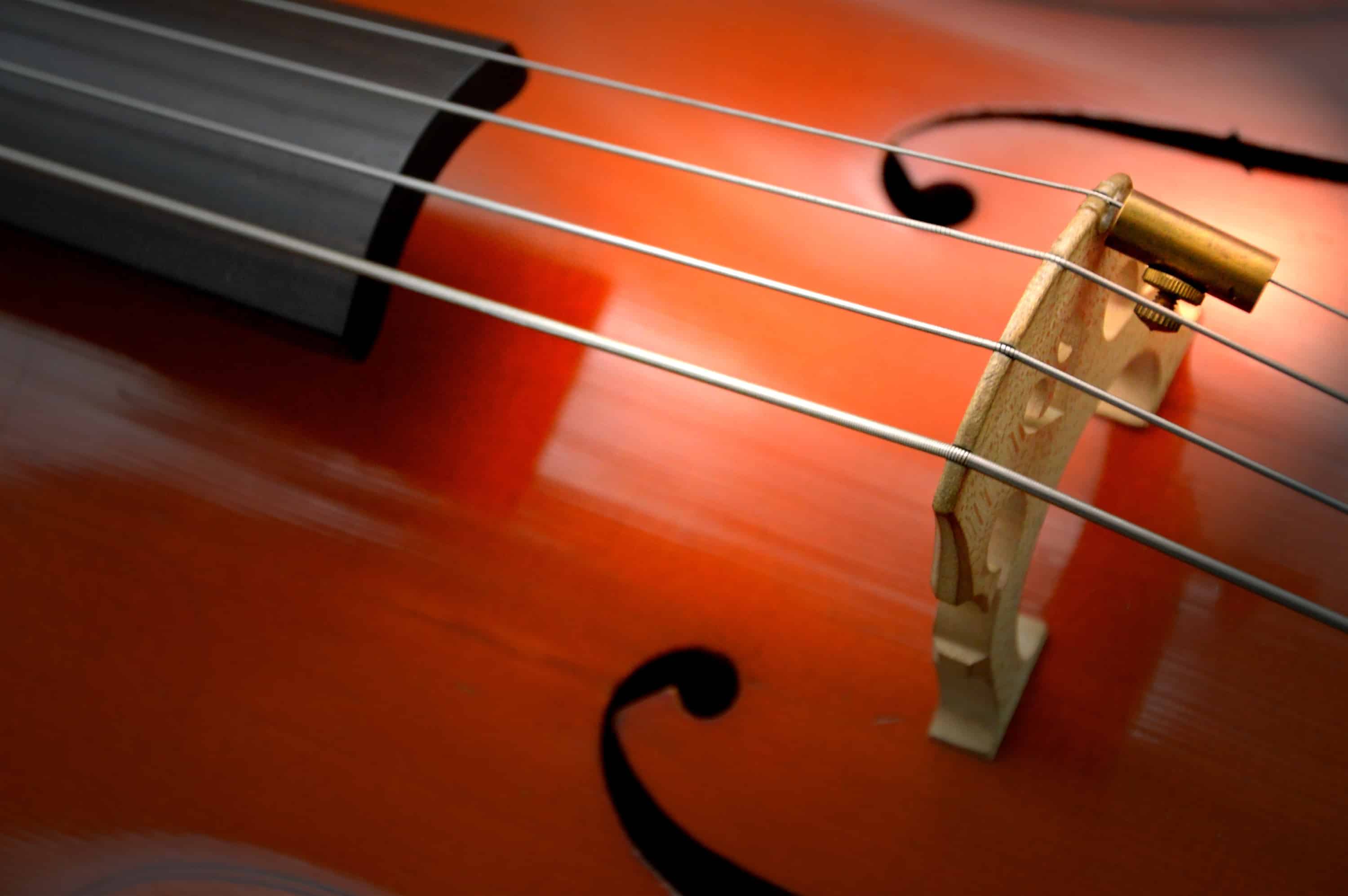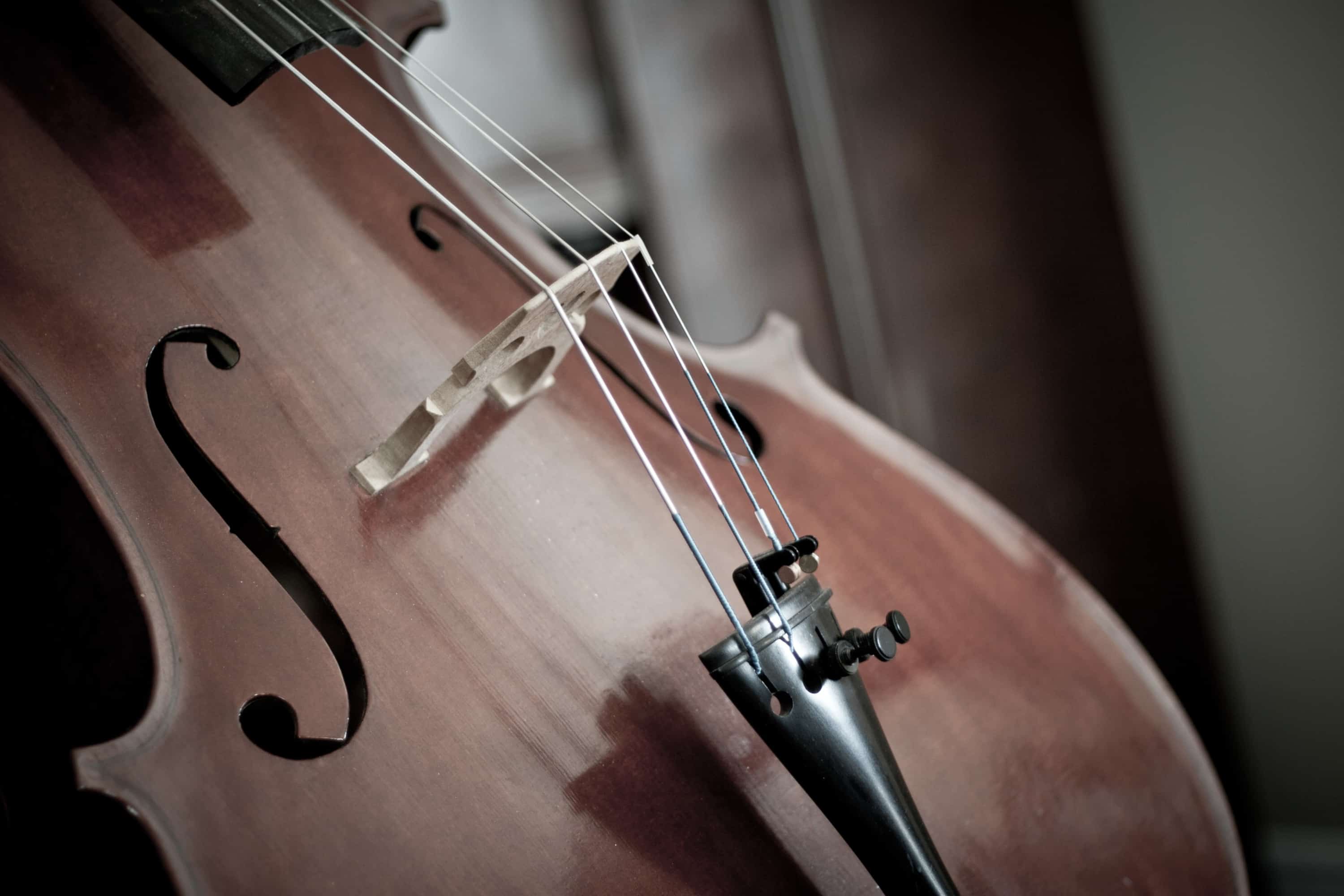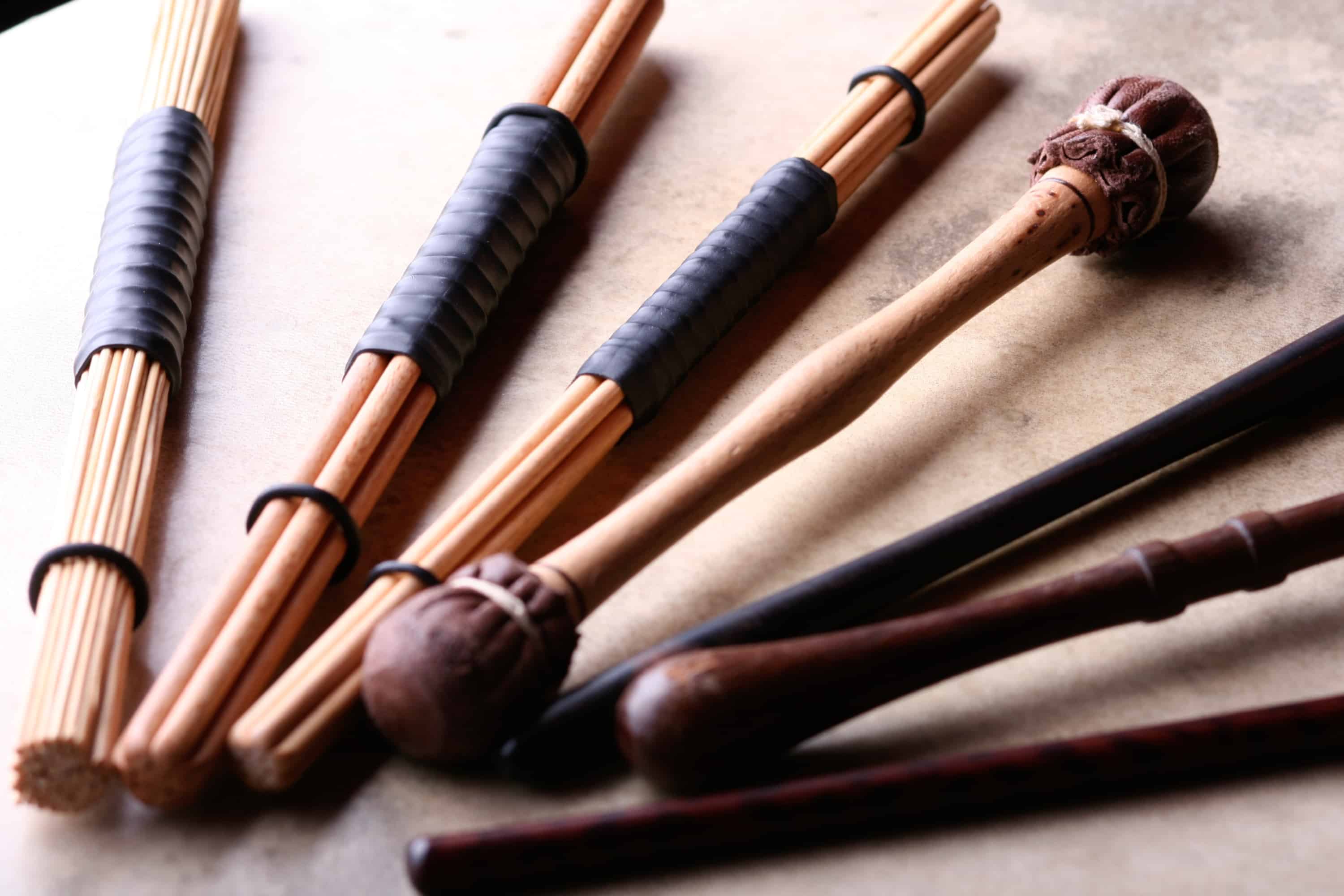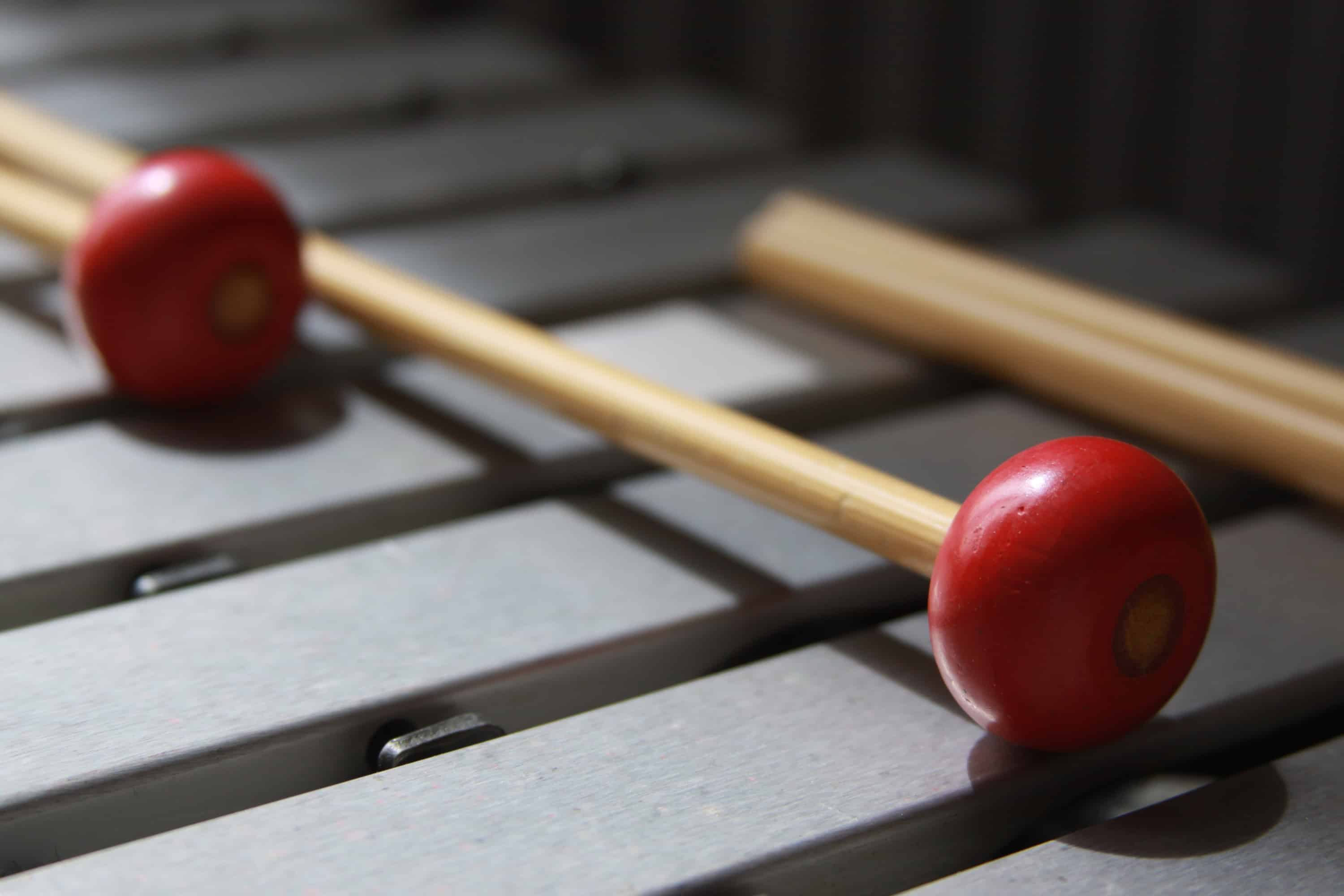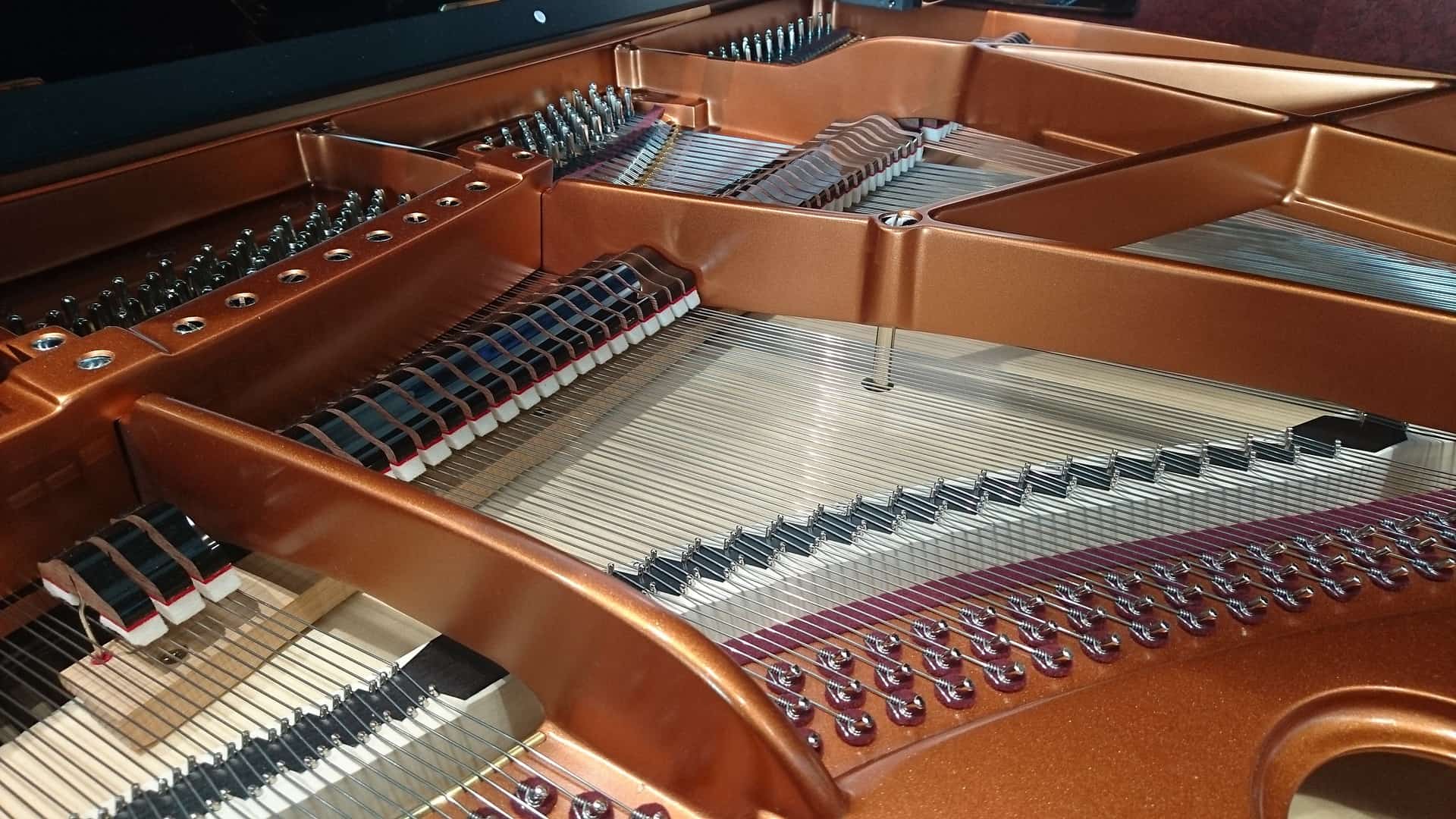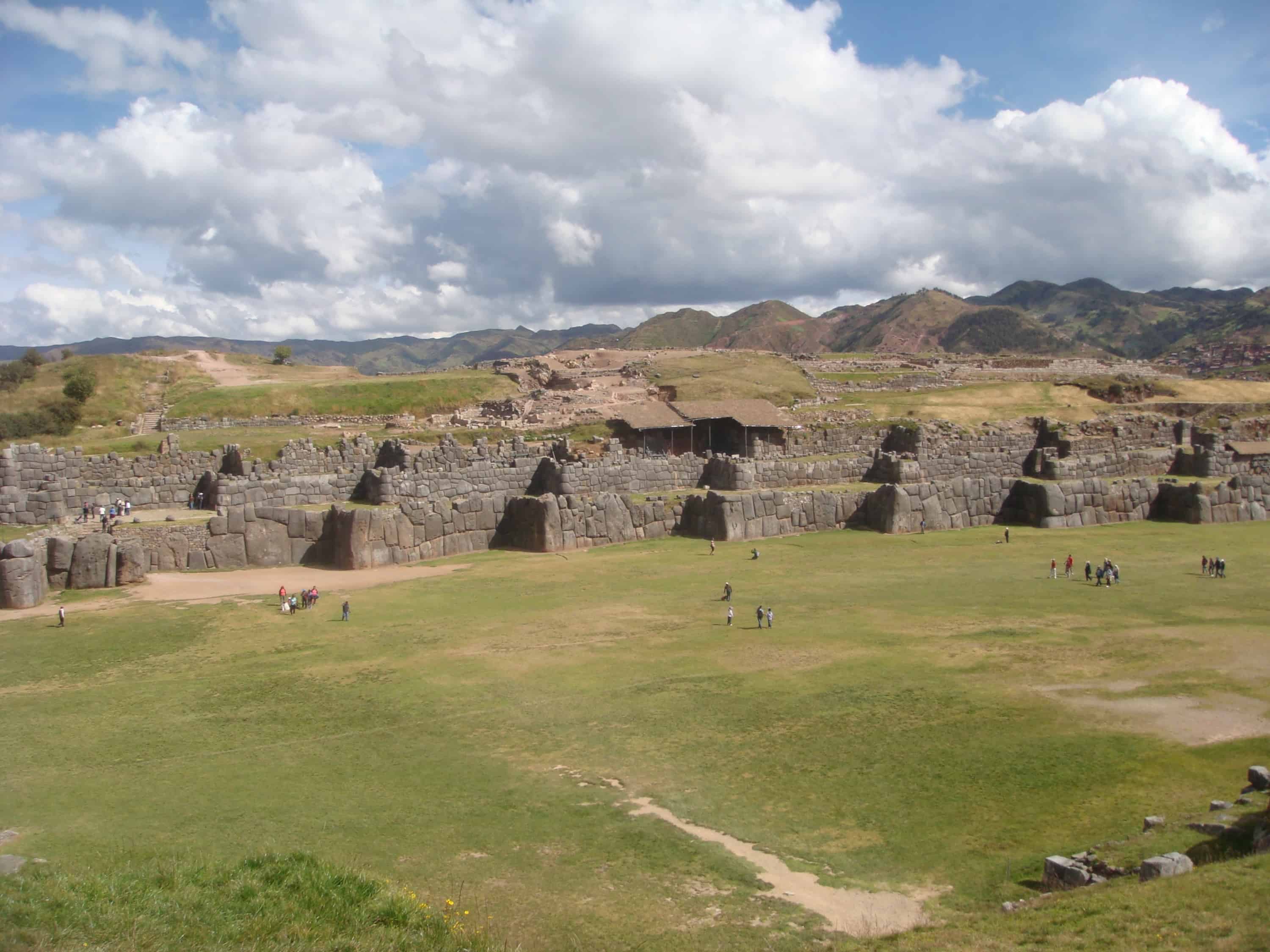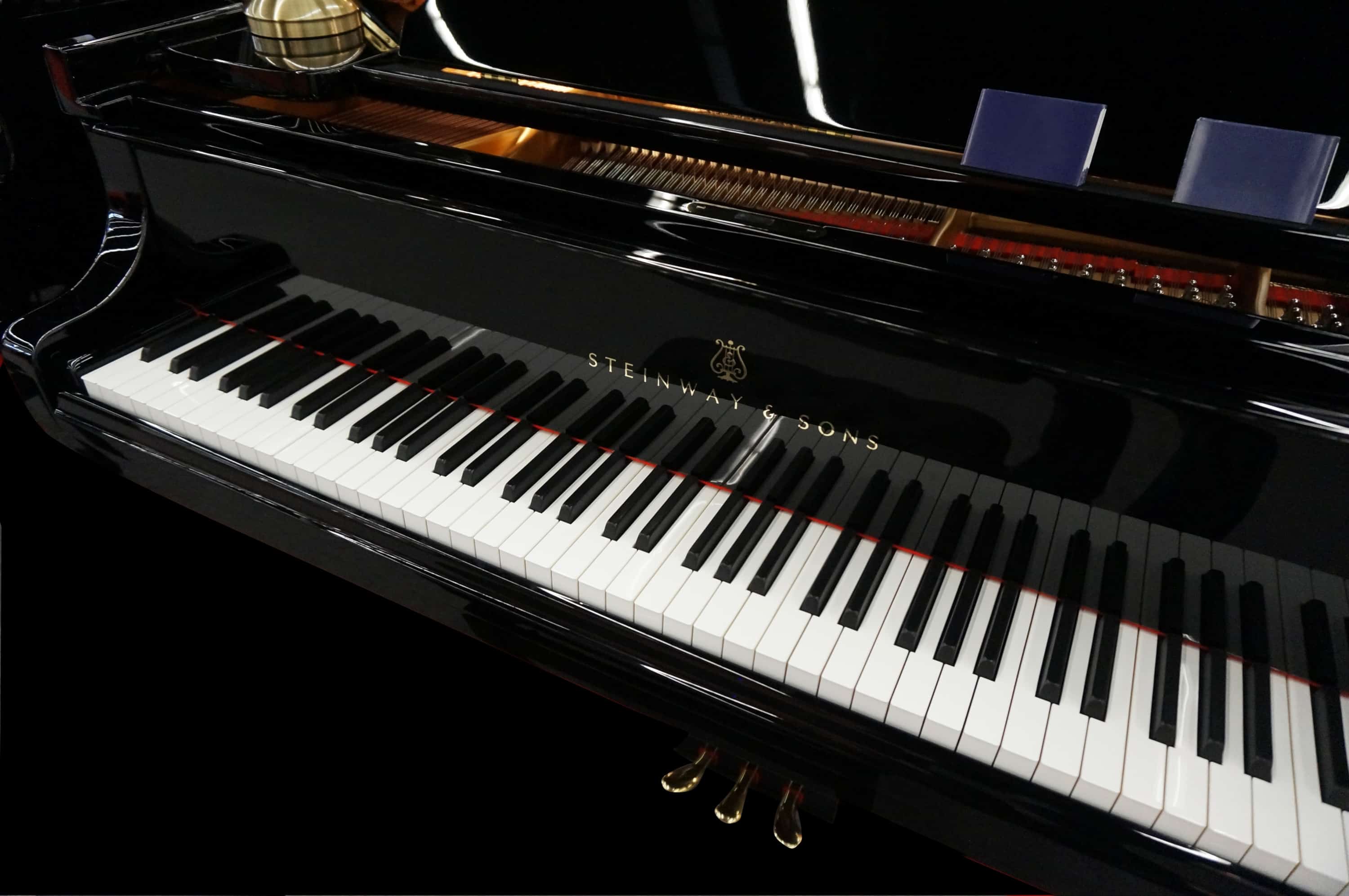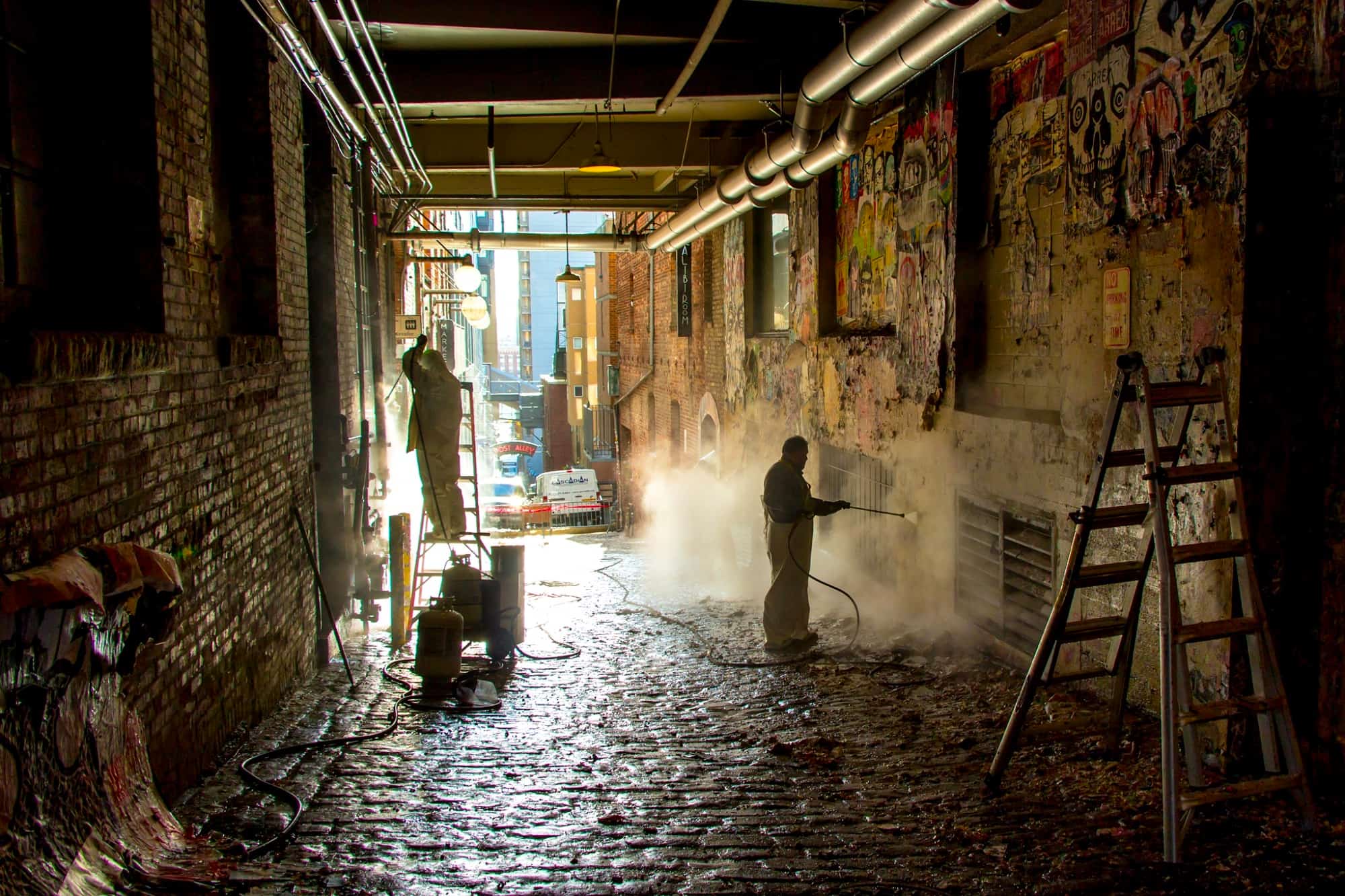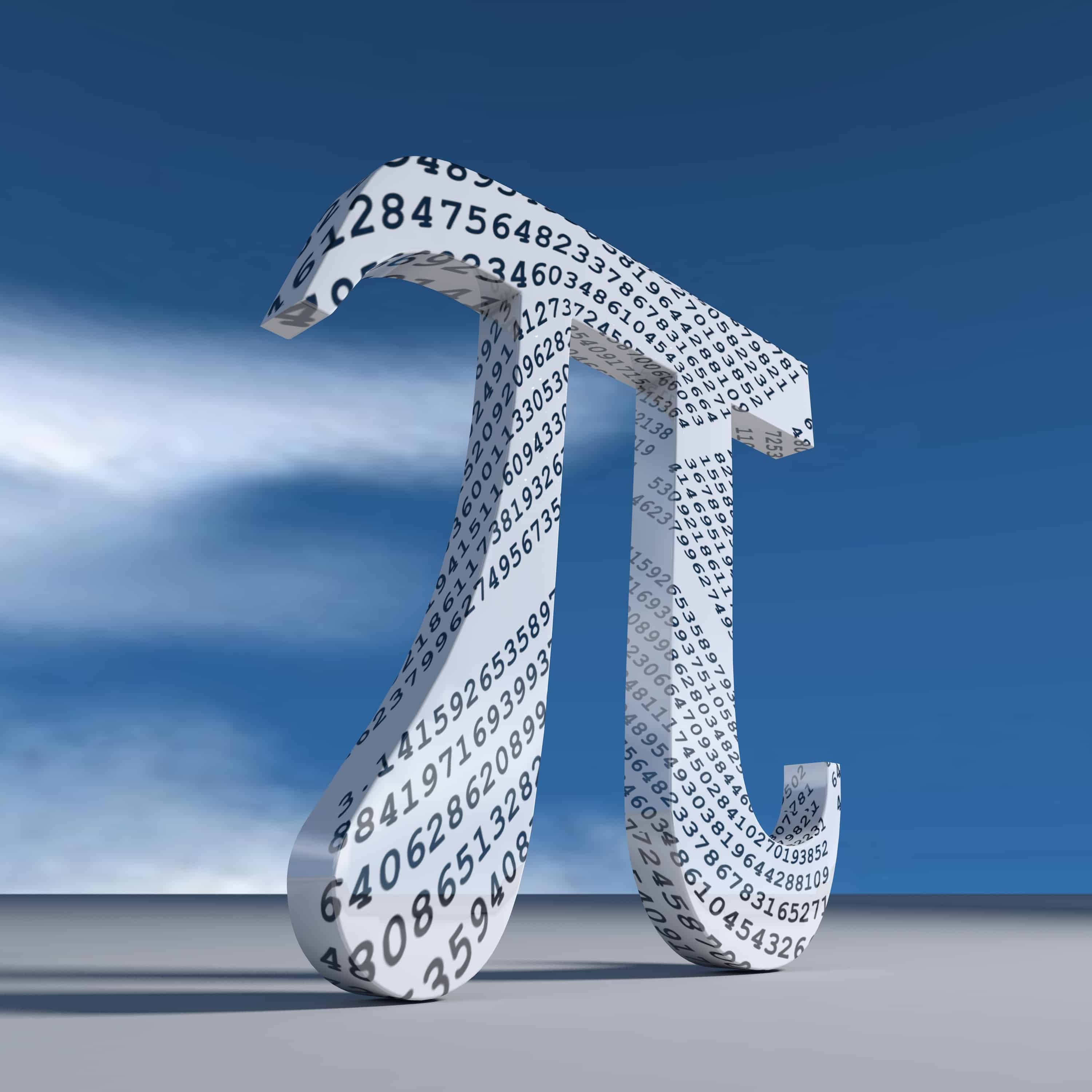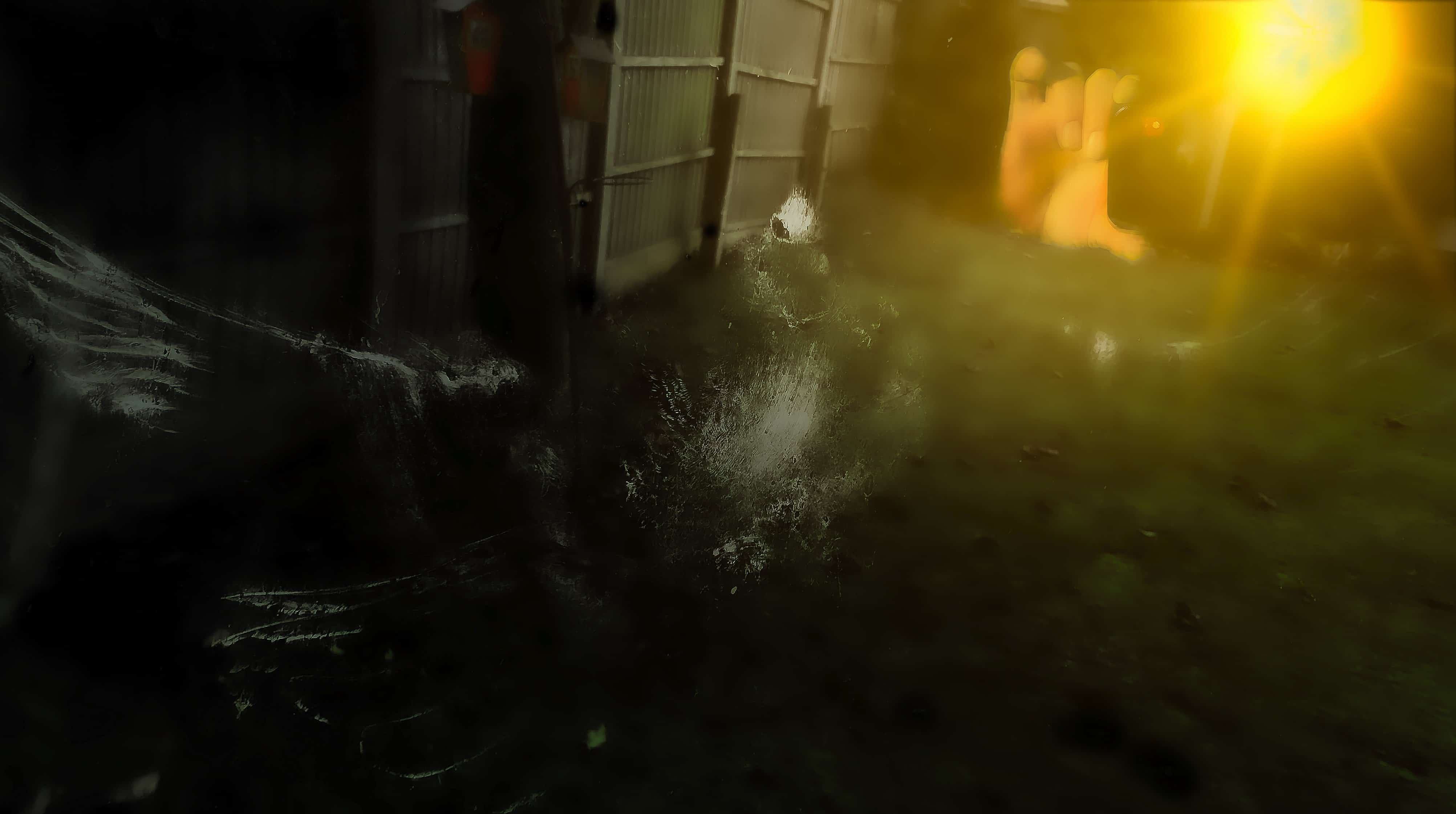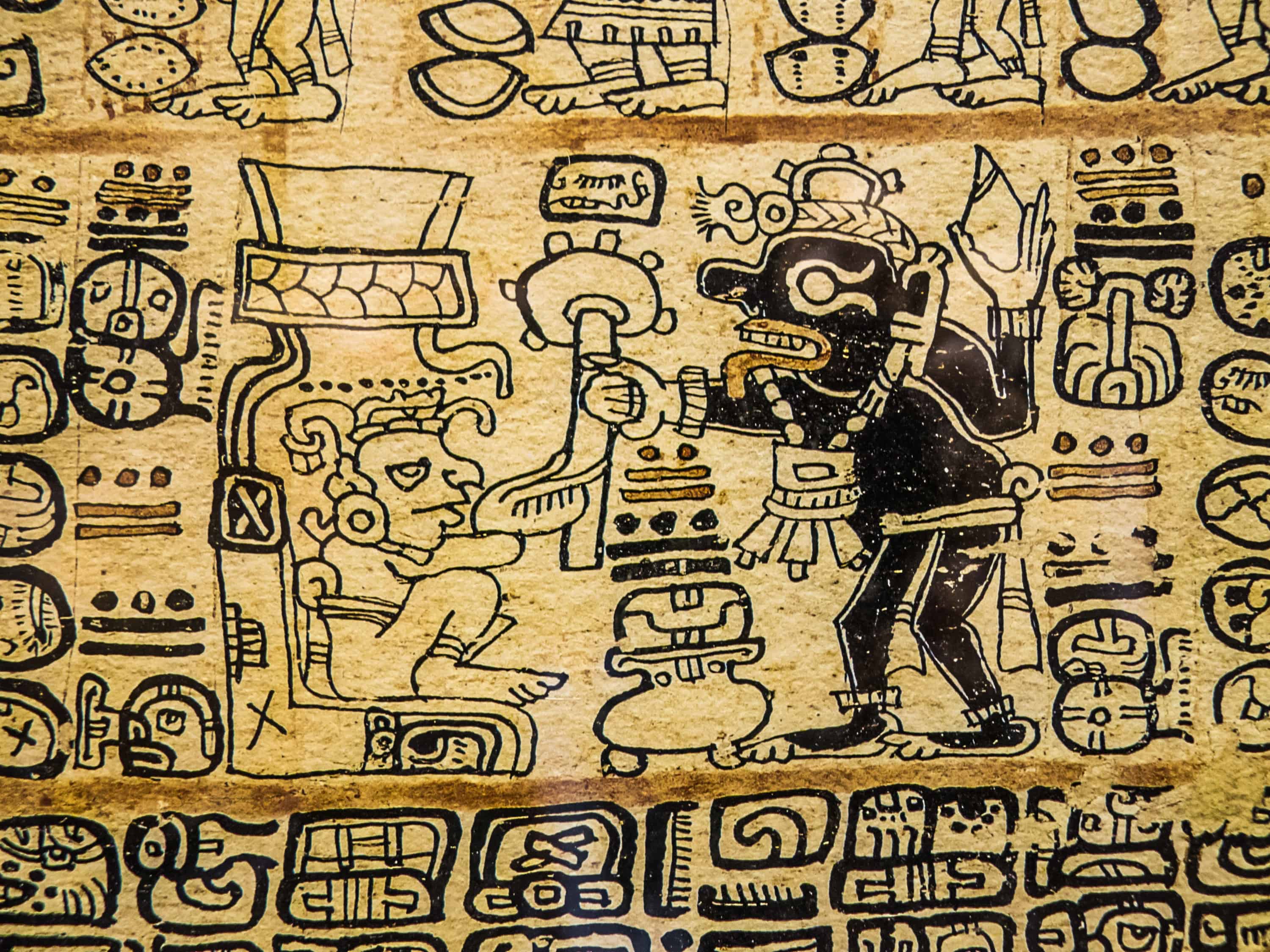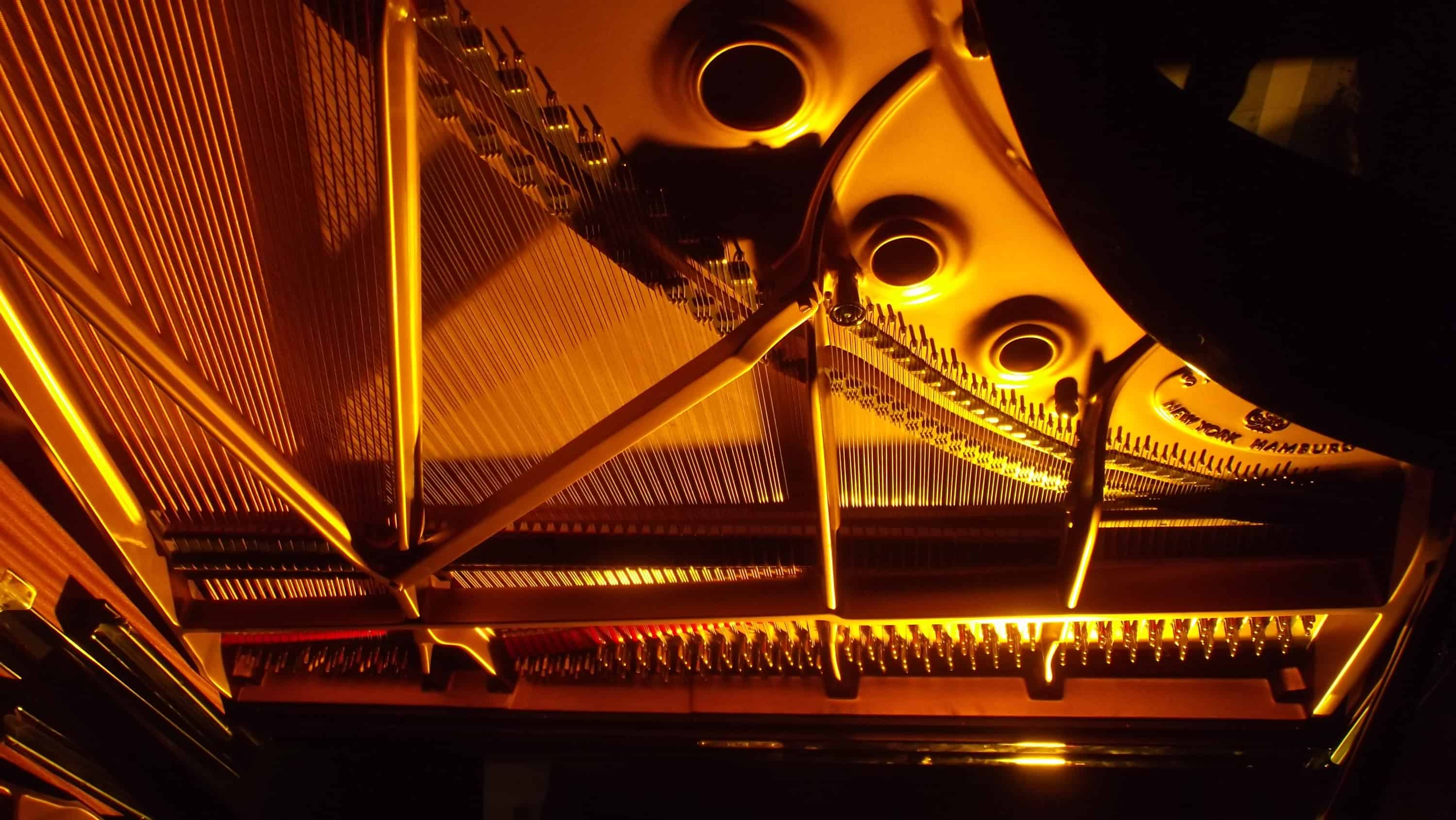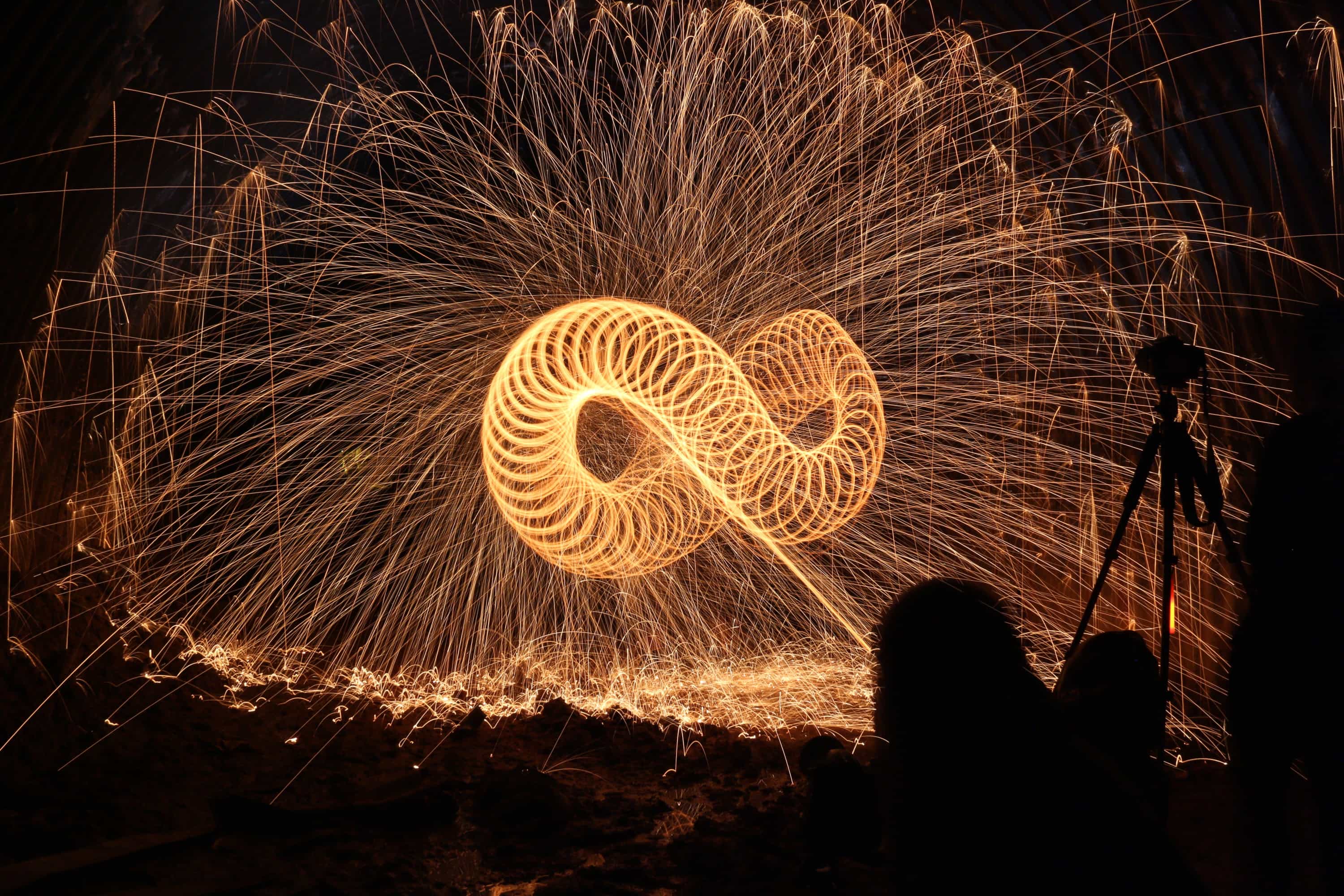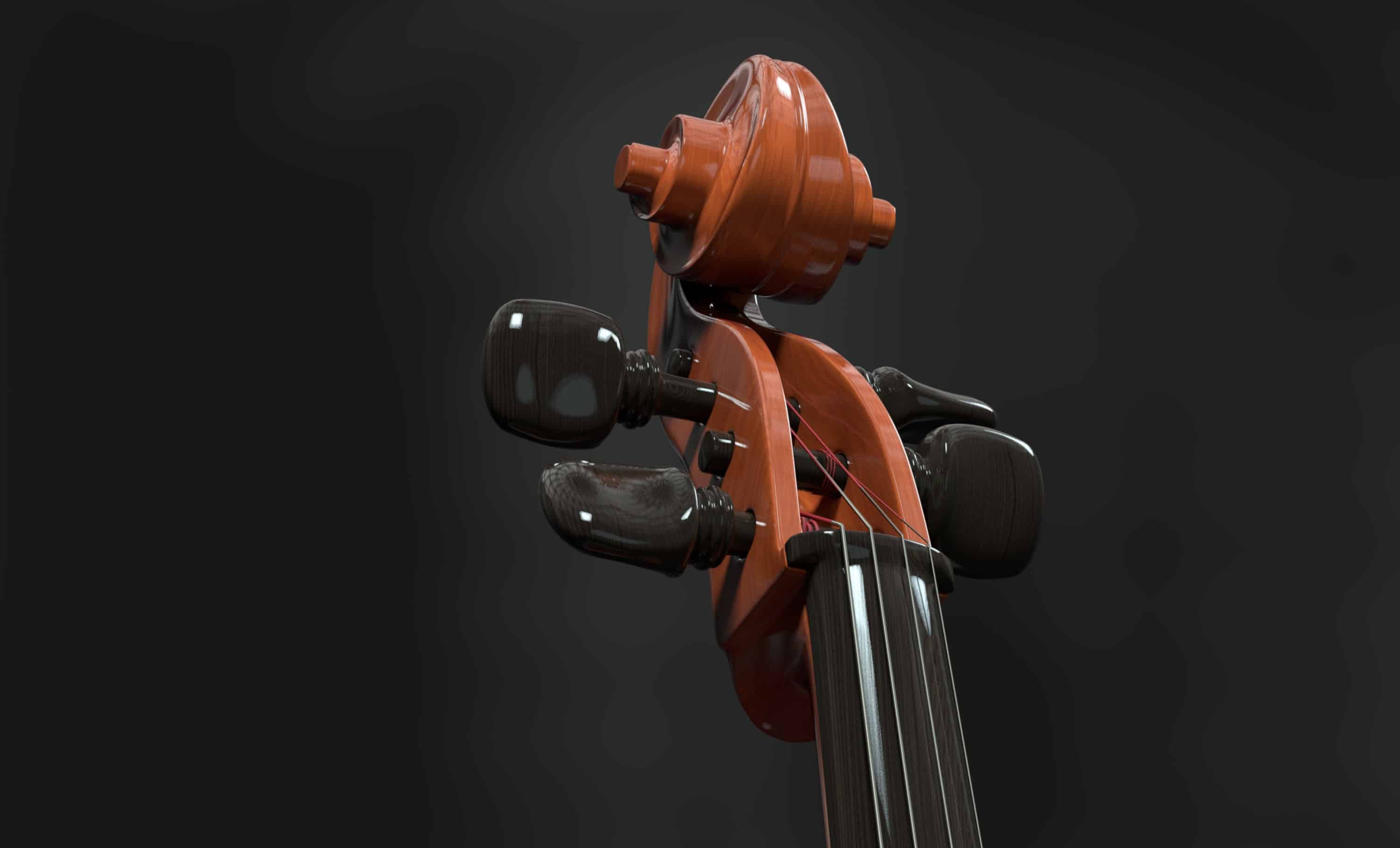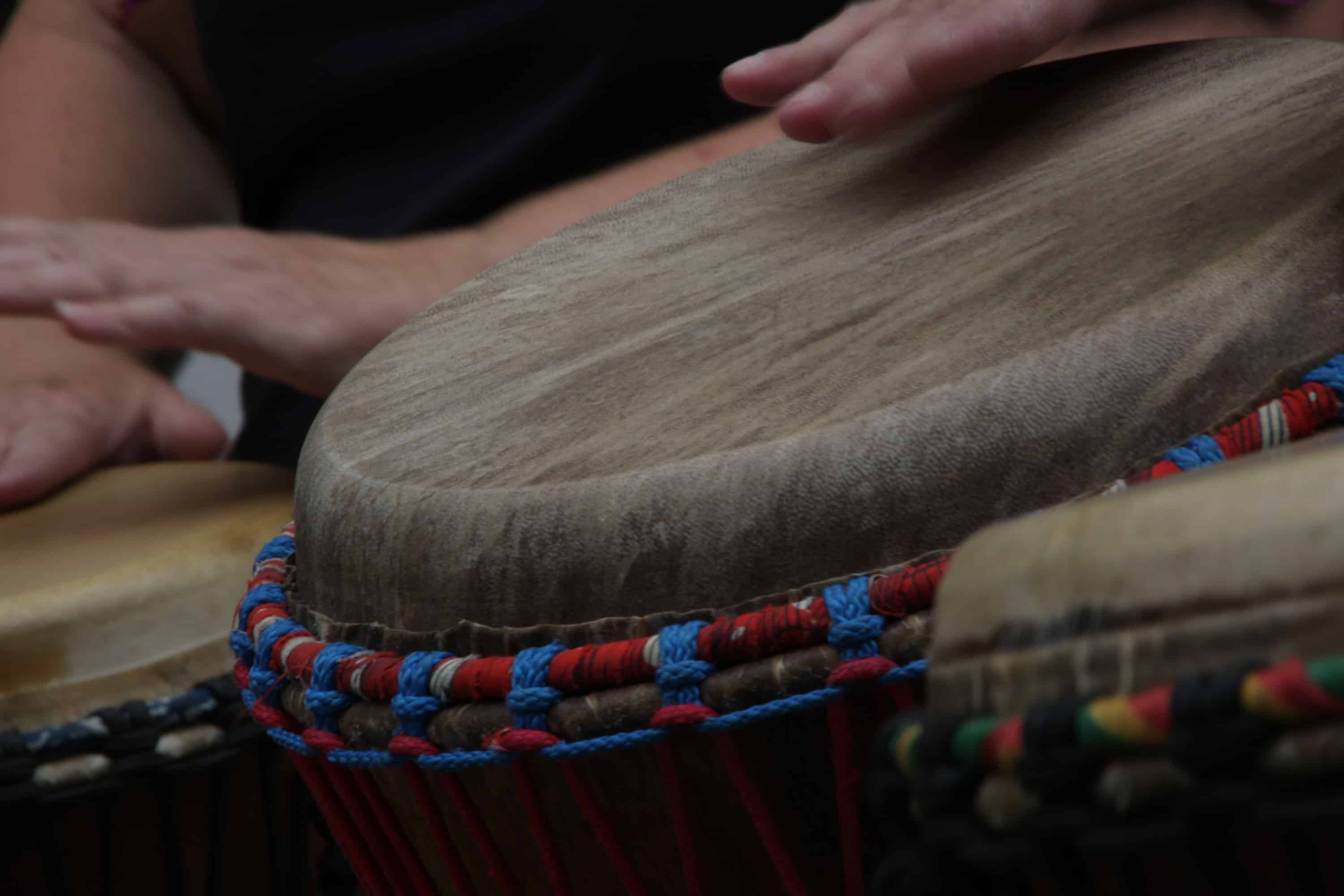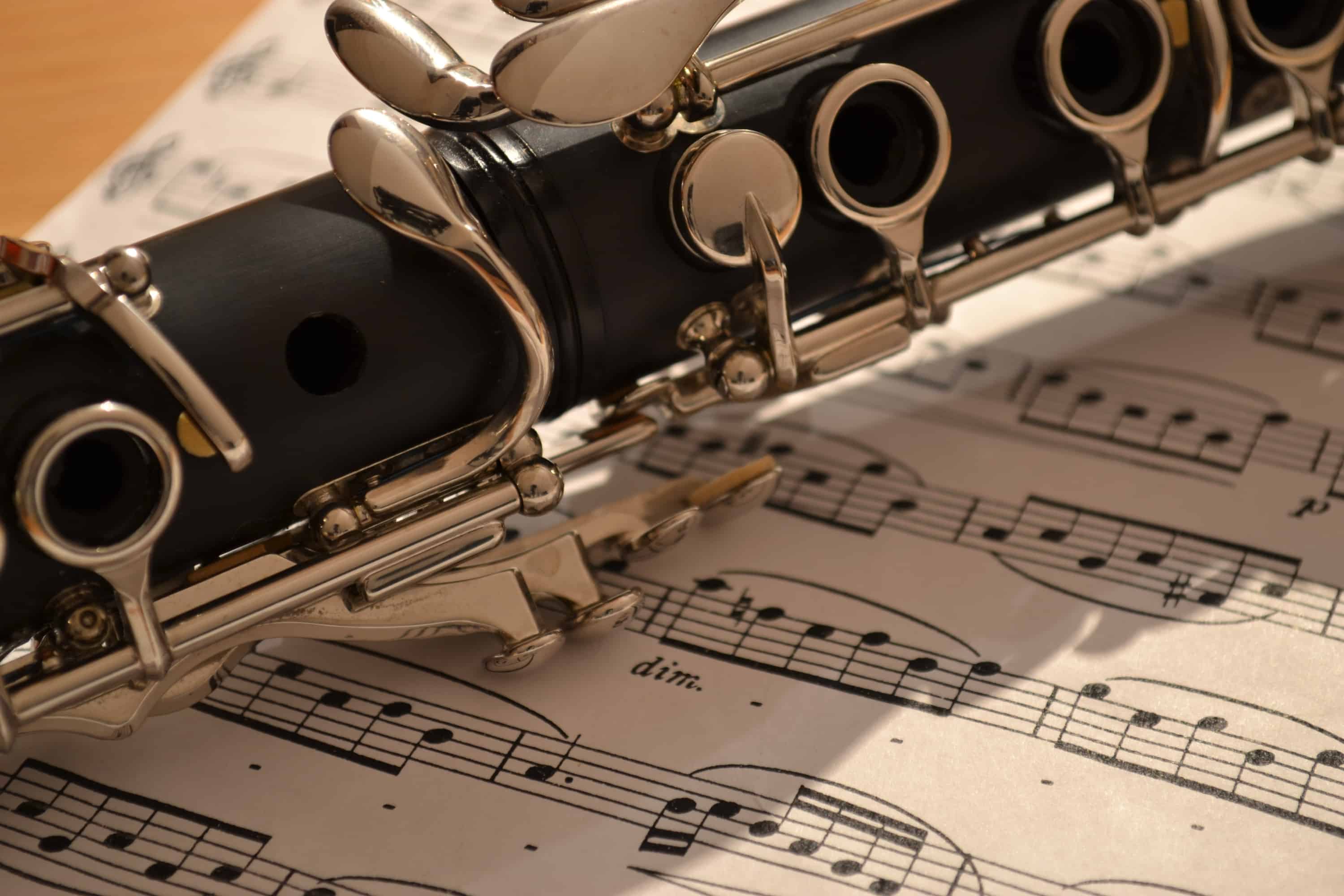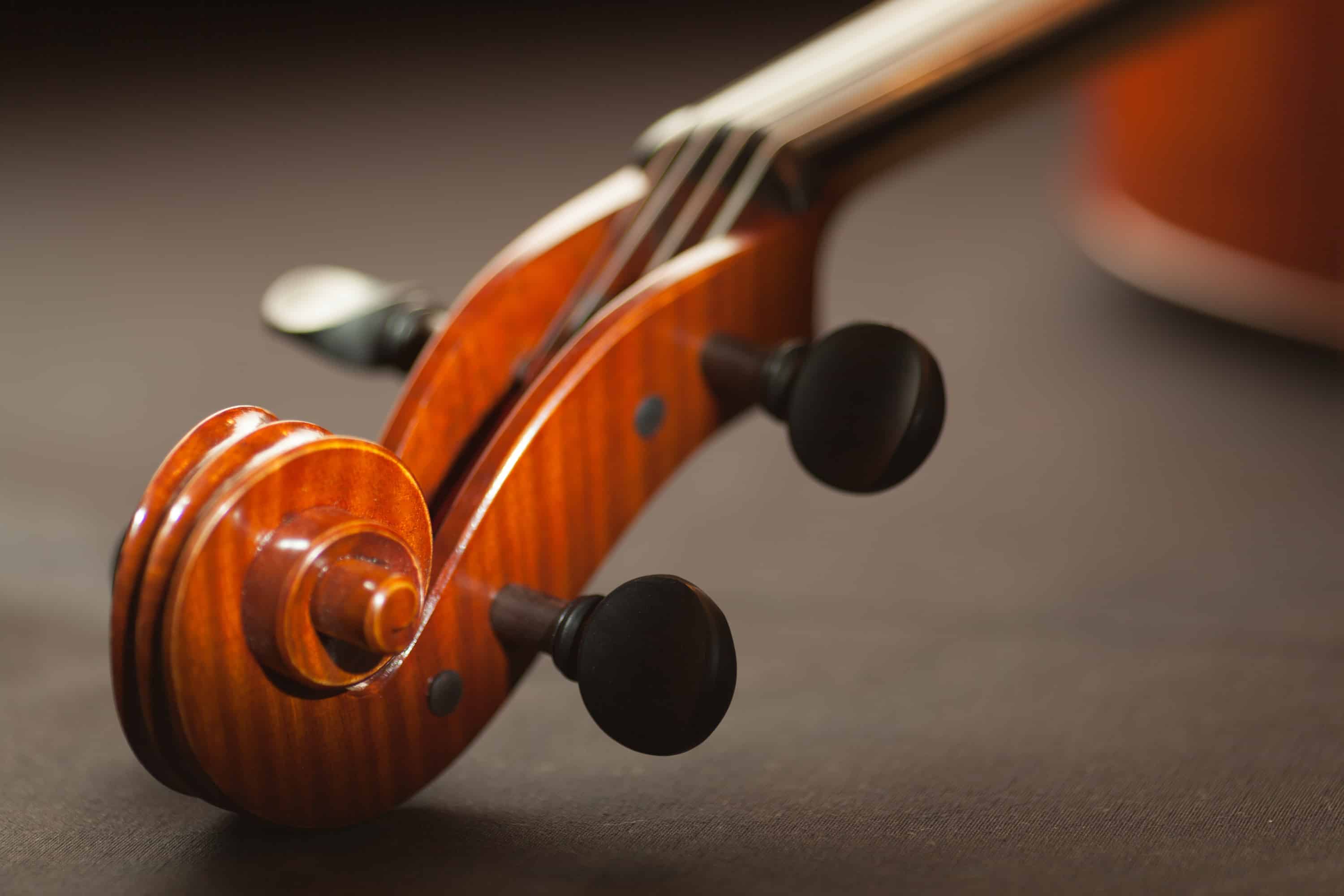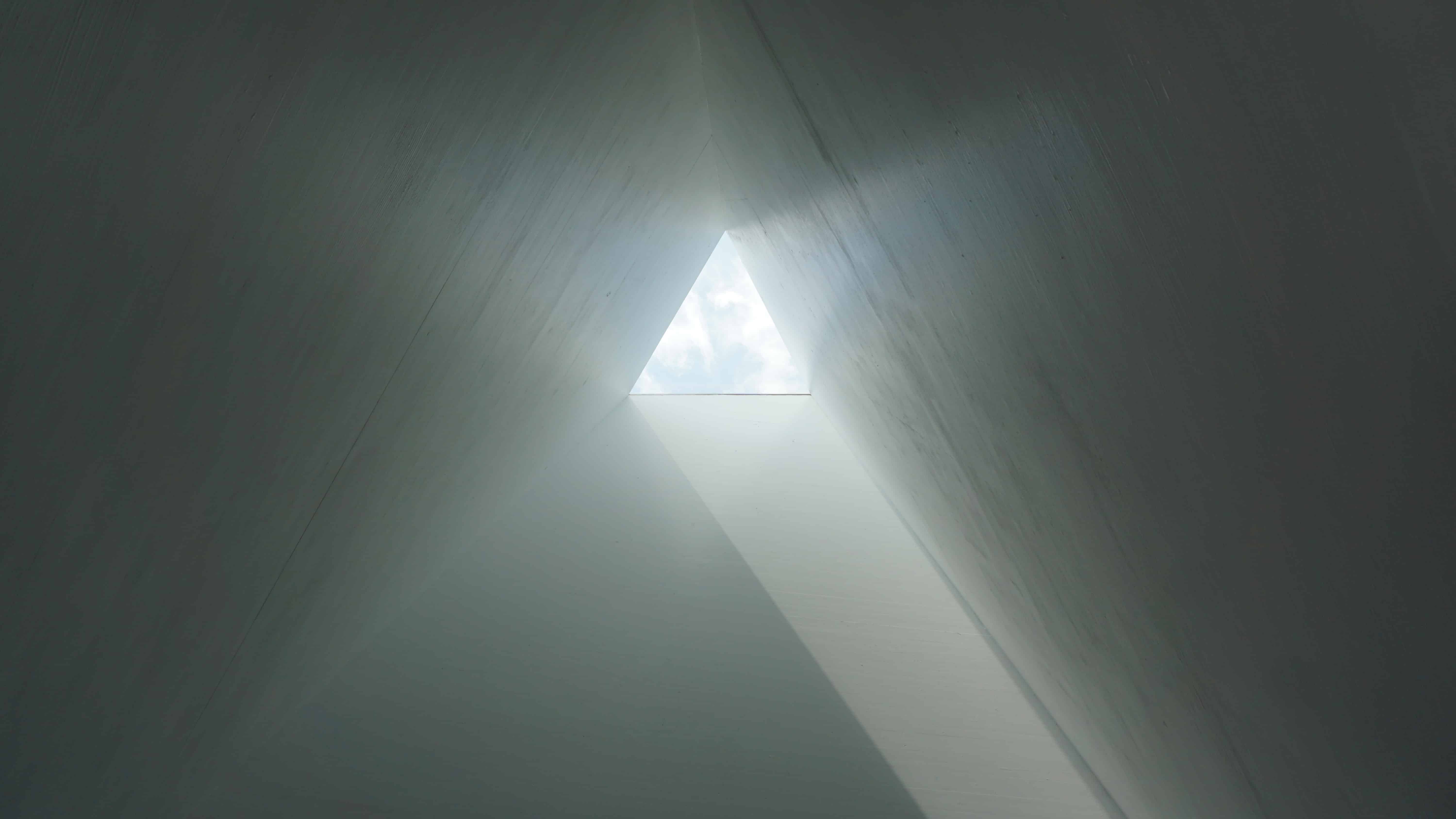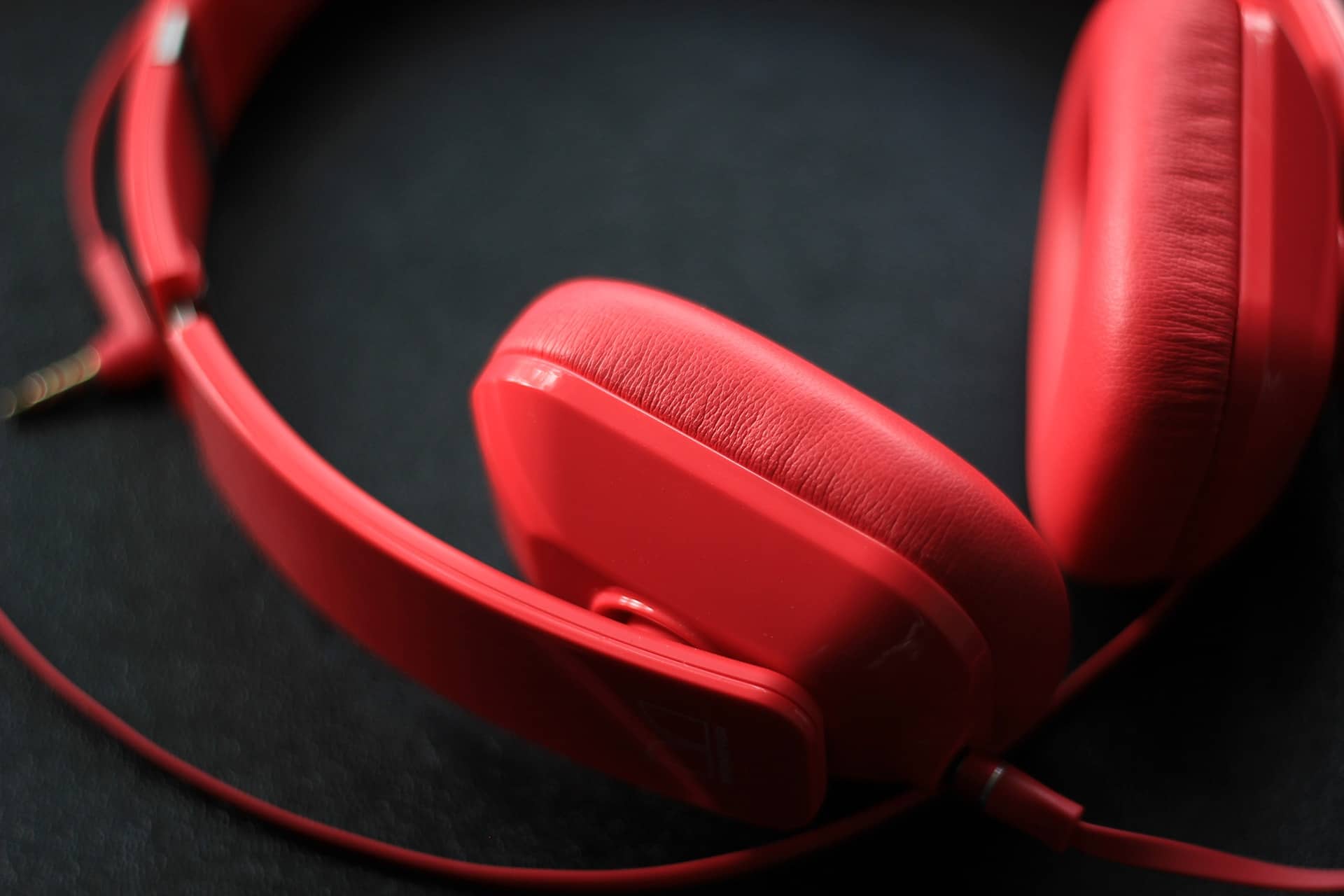Acoustic Composition 5
An Instant Conception (2009)
Three Plausible Scenarios and the Best of all Possible Answers
For Ensemble and Percussion (10 musicians)
Movements II and III Live 2009
The material for this three-movement work for ensemble and percussion (10 musicians) was originally intended for the third movement of a previous piece entitled Natural Causality for ensemble and percussion. It was indeed an Instant Conception, as one seemed to know exactly what form to compose, what instruments to use and the specific characters of the main compositional units, within a single cohesive thought: a rare moment of clarity.
The evolution of composition began within extra-musical inspiration based upon naturally occurring causalities: phenomenon generated by and relationships between a cause and its effect.
Cause:
The composer mused as to what would happen if one could take middle C (weight and mass suggested by pitch register) and drop it into a ‘musical pond’? The height of the fall and velocity of impact could be related to dynamics and the effect should produce ripples through the ensemble. Some ripples would be individual to a specific event as a branch finally breaks from a tree and lands in the water, but others could be repeated, e.g. the consistent motion of waves.
Effect:
Having established a cause, one required a way to generate and control the effect. After some deliberation, the Fibonacci sequence was utilised:
0 – 1 – 1 – 2 – 3 – 5 – 8 – 13 – 21 – 34
This infinite pattern of integers, which literally reads like an expanding ripple and can be used to describe many proportional elements of natural growth and evolution, provides a basis for pitch development, a way to determine the length of compositional units and the number of repetitions (events) in each section.
Middle C is the cause: Fibonacci sequence is the effect
Method and Form
The following Method Table shows how the Fibonacci sequence was translated into musical components.
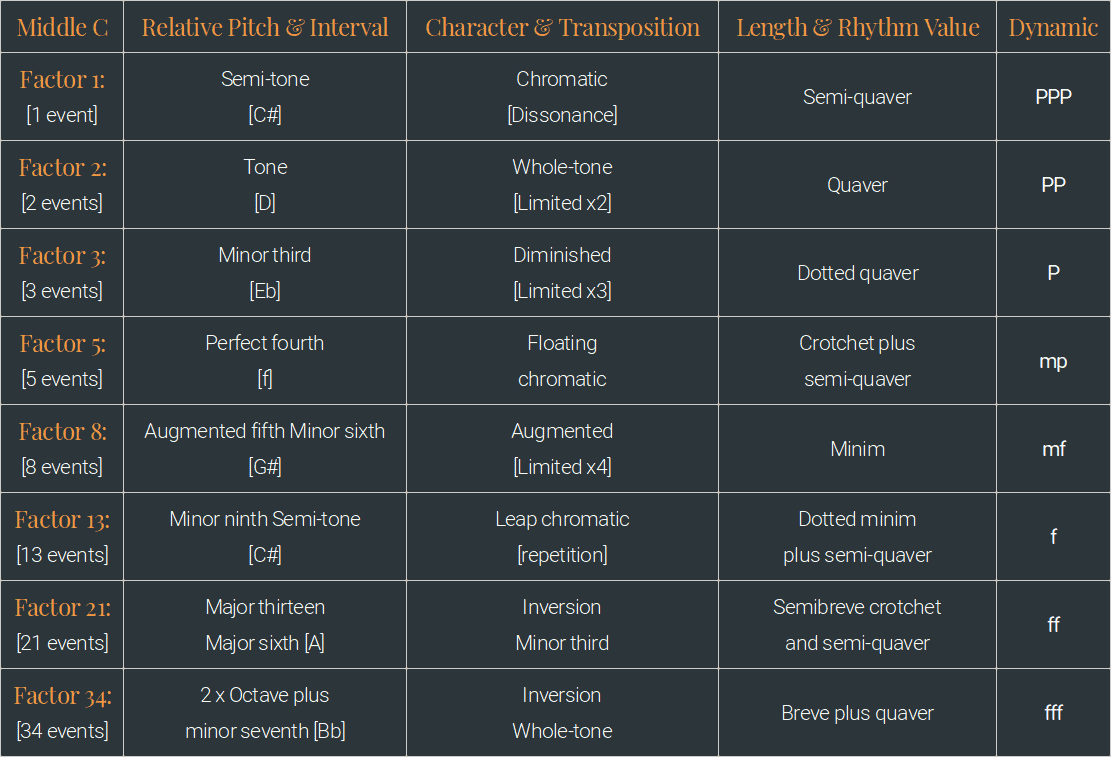
Using 0 as a reference for middle C, the sequence was converted into semi-tones to calculate a relative pitch and interval. The central column lists a basic character for the materials and observations on transposition. The penultimate column lists rhythmic value, where the sequence was converted into semi-quavers. Unfortunately, systemising dynamics proved unsuccessful, and so the score dynamics were chosen instinctively for a more sympathetic pacing and shaping of the music.
As listed in the first column, the sequence also applied to the number of events in each Factor (section). This suggested that their approximate lengths should be consequential: Factor 1 contains one event and repeats in variation, Factor 2 holds two events and is twice as long and so on.
Utilising a continuation of the Natural Causality method (Factor five), An Instant Conception is primarily composed around the perfect fourth interval (5 semi-tones), with rhythmic and proportional references to the number five. The score can be viewed as a companion piece to Natural Causality and clearly continues the same processes, but focuses on developing the music within one expanding soundworld rather than using the method to navigate through transitions of proportional form, changing soundworlds and pitch materials. (see Natural Causality Form Chart PDF).
Perfect Fourth Interval
The Cycle of Fourths: Equidistant 12-tone consonant scale
The cycle of fourths offers a floating, eternal and potentially infinite quality to linear writing when used consecutively and is generally speaking a far more lyrical and melodically inspiring palette than the hollow soundworld offered by the cycle of fifths:
Equidistant Scales:
The cycle of fourths is also a 12-tone equidistant scale with twelve consonant steps of equal measure and importance. As illustrated in the following example, the cycle is chromatic when used in close relationship and produces symmetrical interval-classes, whilst passing through all interval-types without repetition:
All-Interval Tetrachords:
With a small ‘leap of faith’, the fact that the cycle produces an all-interval sequence suggested the possibility of also working with the two all-interval tetrachords (AIT): 0146/0256 (4z15) and 0137/0467 (4z29).
Sonic Landmarks, Elements of Synopsis and Analysis
First Movement – An Instant Conception
Influenced by the concept of Natural Causality, this work begins within a sense of conclusion. The introduction was actually conceived as a finale. This is a musical metaphor for the causality loop: cause and effect – the end is the beginning.
As illustrated in the following example, the form is simple, but it is effective:
All three movements open with a passage of harmony based on the cycle of fourths. One could refer to this as quartal, plagal or equidistant harmony, but all labels are misleading. Atonality and pantonality would suggest chromatic dissonance; polytonality would imply a tonal language, so in this case, the label ‘chromatic consonance’ is perhaps most fitting.
As shown in the following example, the first 4 chords on the piano contain all 12 tones without repetition. The right hand plays in fourths whilst the left hand plays in fifths:
An exploration of this material is played in harmonic progression and melodic statement across the ensemble. Is it the beginning, or is it the end? One liked the ambiguous nature of this introduction and made an early decision to repeat it elsewhere in the form.
Melodic and motivic statements make some passing reference to the Fibonacci scales and Excluded modes developed from the Natural Causality method and there are a couple of instances where the all-interval tetrachords (AIT) are used, but the rest of the movement evolved naturally from and remains closely related to this opening material.
At Figure F (bar 61) in the score, the piano again plays fourth-based harmony and is joined by the strings playing stacked fourths, which, in turn is complimented by the woodwind.
In the following example, the wind parts are all in fourths moving in parallel motion. The same is true for the strings, except the cello plays a minor 7th below the viola (minor 7th = 2 Perfect 4ths) and moves in contrary motion to the rest of the strings. The two families move in contrary motion and counterpoint to each other, framed around the bass resonances and melody of the piano:
Second Movement – Nameless Faces
Within this movement, the composer wanted to further develop a personal facility for extending musical lines through gradual elongation and diminution of motif, in a similar manner to that explored in Quartet of Daydreams and the second movement of Natural Causality.
Following a reinterpretation of the introduction to the first movement, the strings play phrasing based upon parallel-fourths in a rhythmic ostinato similar to the effects of synthesised digital-delay. As shown in the following example, the syncopations within the parts act as stresses to highlight the outline of a melodic pattern whilst maintaining the essential rhythmic impetus that dominates the following passage.
The brief crescendo seen in the score at Figure I was composed around an intervallic ostinato reminiscent of the transitions and timbral interval-ripples in Natural Causality. It is compiled from vertical perfect fourths (minor 7ths) and horizontal crotchets plus semi-quavers around middle C (Factor 5). The rhythmic ostinato discussed above leads both in and out of this ‘quartal ripple’.
At Figure M, rhythmic ostinato is replaced by motivic statement and development. The first violin begins a passage of counterpoint. As shown in the following examples, the initial motif is expanded and repeated with various inversions and mirror symmetries as it develops. Bar 157 is an altered mirror inversion of bar 156. The phrase repeats with two additional notes and then starts again in bar 160, where it is extended at each end.
There are three separate strands of counterpoint. The violins share one line, highlighted and accented by flute and clarinet:
The cello plays the second strand of counterpoint, supported and accented by viola:
Seven bars later, the piano plays the third strand of counterpoint, supported by bass clarinet:
These examples only highlight the first bars of each strand of counterpoint, but demonstrate the way motif is elongated into phrase via repetition, inversion and expansion. This in turn is balanced by a period of repetitive diminution, where the process is reversed until the motif is returned to its original form and ends the movement.
ianpercy.me.uk
A Life in Music
Third Movement – Fading Memories
The third movement begins with a reprise of the first 14 bars of the first movement, before the clarinet reinterprets the melody from the opening of the second movement. Figure R in the score presents the ensemble as a combined sonorous meta-instrument to produce a subdued crescendo in multiple timbres and the final phrase of the melody resolves into a concluding texture of resonant perfect fourths.
An Instant Conception in Reflection
Although realisation took many months and the score was revised a little in late 2009, this is the closest encounter with an Instant Conception the composer has ever experienced. In retrospect, the strands of motivic counterpoint and the coherent development of the linear lines within the second movement demonstrate the most notable evolution in compositional technique. This work also seems to control and distribute the combined timbres of the ensemble more fluidly and with a more assured authority than in Natural Causality.


